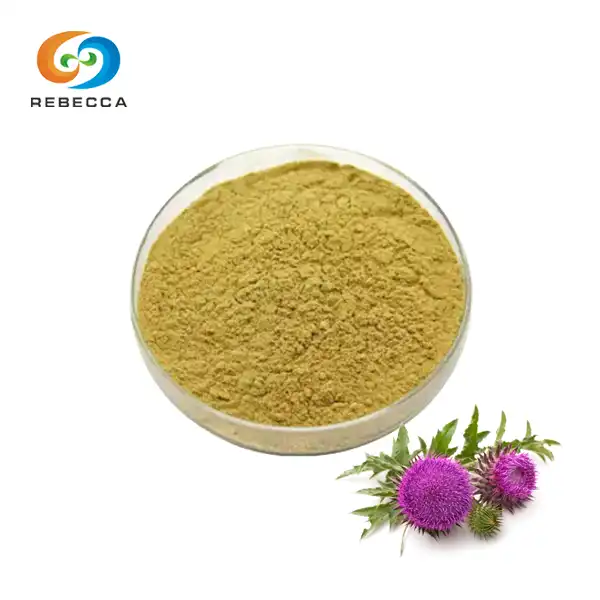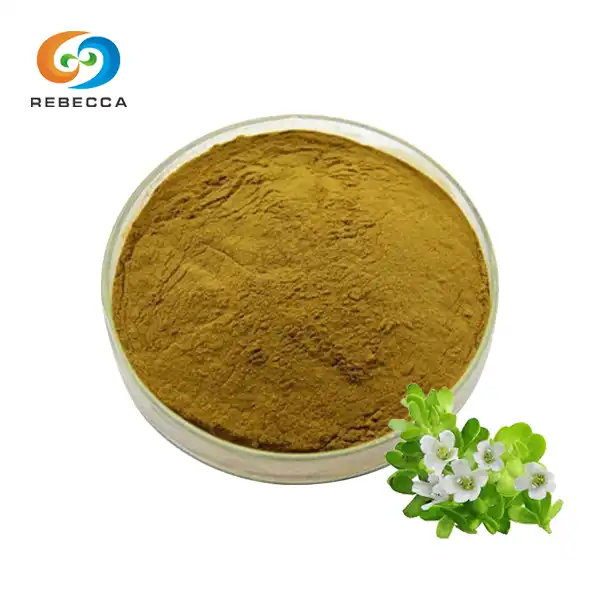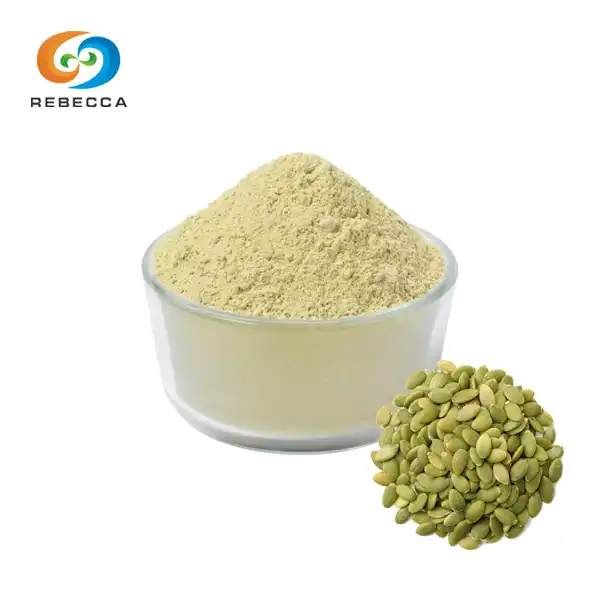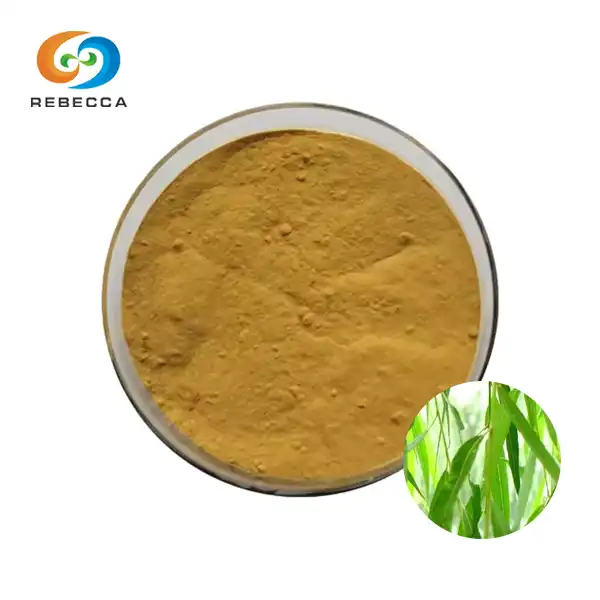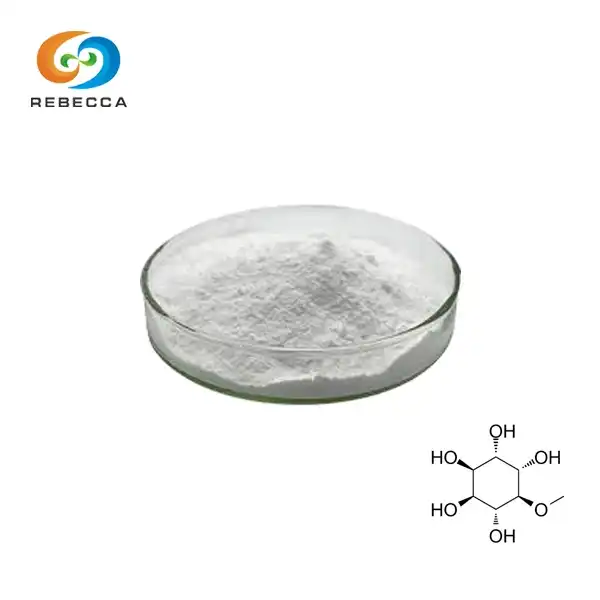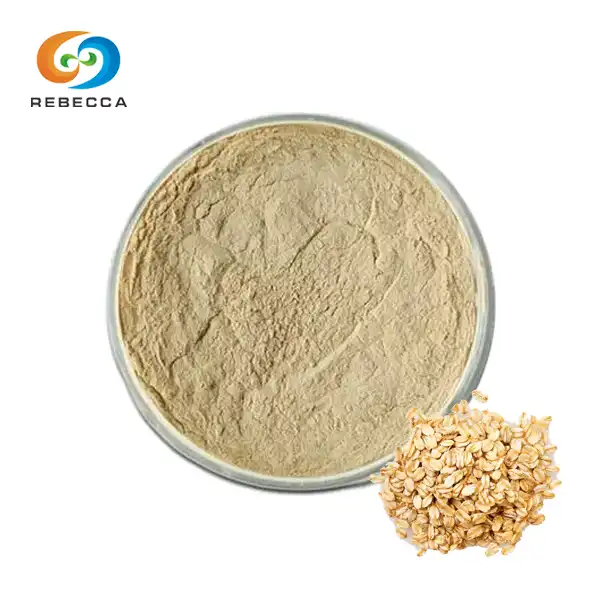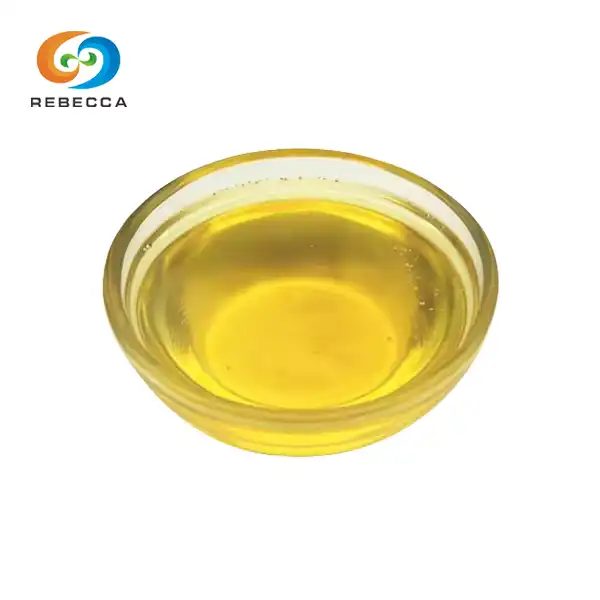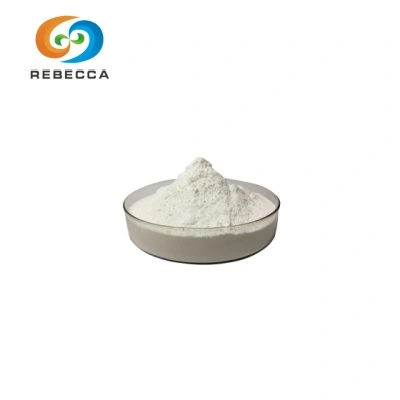What is menthol made of?
Menthol is a fascinating compound that has captivated scientists, consumers, and manufacturers alike for its unique cooling properties and versatile applications. In this comprehensive exploration, we'll delve into the chemical makeup of menthol, its natural sources, and the distinctions between menthol and its isomers. Whether you're a curious consumer or a professional in the pharmaceutical or cosmetic industries, this article will provide valuable insights into the world of menthol, with a particular focus on L-menthol and menthol powder.
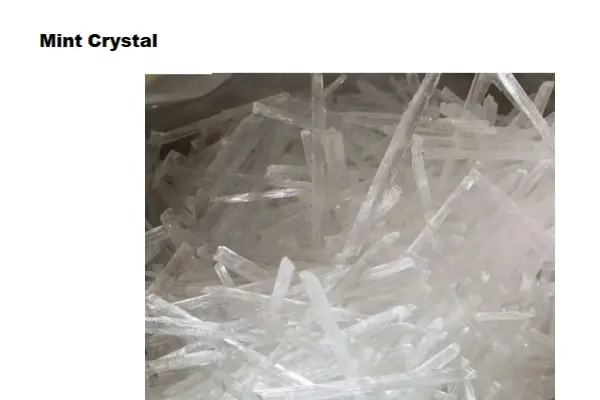
What is Menthol Made of? The Chemical Composition
Menthol is an organic compound belonging to the family of terpene alcohols. Its chemical formula is C10H20O, and it's characterized by a cyclohexane ring with three methyl groups and a hydroxyl group. This unique structure gives menthol its distinctive properties, including its cooling sensation and minty aroma.
The molecule exists in several isomeric forms, but the most common and widely used is L-menthol. This isomer is found naturally in peppermint oil and is the form responsible for the cooling effect we associate with menthol. The "L" in L-menthol refers to its levorotatory optical activity, meaning it rotates plane-polarized light to the left.
At room temperature, pure menthol appears as colorless or white crystals or crystalline powder. This solid form, often referred to as menthol powder, is widely used in various industries due to its stability and ease of handling. The melting point of menthol is relatively low at around 41-44°C (106-111°F), which contributes to its cooling effect when applied to the skin or mucous membranes.

What are the Chemical Properties of Menthol?
1. Solubility: Menthol is slightly soluble in water but highly soluble in organic solvents like ethanol, diethyl ether, and chloroform. This property allows for its incorporation into various formulations, from topical creams to oral medications.
2. Volatility: Menthol is volatile at room temperature, which contributes to its strong aroma and cooling effect. When applied to the skin, it evaporates quickly, creating the sensation of coolness.
3. Anesthetic and Analgesic Properties: Menthol interacts with cold-sensitive TRPM8 receptors in the skin, leading to a cooling sensation. This property is exploited in many topical pain relief products.
4. Antimicrobial Activity: Research has shown that menthol possesses some antimicrobial properties, which may contribute to its use in oral care products.
5. Crystalline Structure: In its pure form, L-menthol forms hexagonal crystals. This crystalline nature is particularly important when considering menthol powder, as it affects the compound's stability and handling properties.

How is Menthol Derived from Natural Sources?
While menthol can be synthesized in laboratories, a significant portion of the world's menthol supply is still derived from natural sources, primarily peppermint (Mentha piperita) and cornmint (Mentha arvensis).
The process of extracting menthol from these plants typically involves the following steps:
1. Harvesting: The plants are harvested when their menthol content is at its peak, usually just before flowering.
2. Distillation: The plant material undergoes steam distillation to extract the essential oil containing menthol.
3. Cooling and Crystallization: The oil is cooled, causing the menthol to crystallize out of solution.
4. Separation: The crystals are separated from the remaining oil through centrifugation or filtration.
5. Purification: The crude menthol undergoes further purification processes to achieve the desired level of purity.
The resulting product is pure L-menthol powder, often in the form of menthol powder or crystals. This natural extraction process is favored by many industries, particularly those focused on natural and organic products.
It's worth noting that synthetic methods for producing menthol have also been developed. These methods can produce racemic menthol (a mixture of L-menthol and its mirror image, D-menthol) or can be tailored to produce specific isomers. However, for many applications, naturally derived L-menthol remains the preferred option due to its purity and specific stereochemistry.

What are the Differences Between Menthol and its Isomers?
Menthol has eight possible stereoisomers due to the presence of three chiral centers in its molecule. These isomers are:
- (-)-Menthol (L-Menthol)
- (+)-Menthol (D-Menthol)
- (-)-Neomenthol
- (+)-Neomenthol
- (-)-Isomenthol
- (+)-Isomenthol
- (-)-Neoisomenthol
- (+)-Neoisomenthol
Among these, L-menthol (also known as (-)-menthol) is the most abundant in nature and is responsible for the characteristic cooling effect and peppermint flavor we associate with menthol.
The key differences between these isomers lie in their three-dimensional structures, which affect their properties and biological activities:
1. Cooling Effect: L-menthol powder produces the strongest cooling sensation, while other isomers have weaker or no cooling effects.
2. Flavor Profile: It has the most intense minty flavor, while other isomers may have different taste characteristics.
3. Biological Activity: It interacts most effectively with the TRPM8 receptors responsible for the cooling sensation, making it the most potent isomer for this effect.
4. Physical Properties: The isomers have slightly different melting points and solubilities, which can affect their behavior in various formulations.
5. Market Value: Due to its superior cooling properties and natural abundance, L-menthol is the most commercially valuable isomer.
Understanding these differences is crucial for industries that rely on menthol's unique properties. For instance, the pharmaceutical and cosmetic industries often specifically seek L-menthol for its potent cooling effect and biological activity.

L-Menthol Manufacturer
The purity of L-Menthol provided by Rebecca Bio-Tech is as high as 99%, which ensures the high purity and quality of the product. L-menthol crystals are not only convenient for storage and use but also an intuitive reflection of high purity. Rebecca Bio-Tech uses high-performance liquid chromatography (HPLC) to test L-Menthol, which can accurately determine the content of L-Menthol in drugs and ensure product quality.
For more product information, please contact us at information@sxrebecca.com to request samples, and detailed specifications or to discuss your custom requirements.
References:
- Eccles, R. (1994). Menthol and Related Cooling Compounds. Journal of Pharmacy and Pharmacology, 46(8), 618-630.
- Galeotti, N., et al. (2002). Menthol: a natural analgesic compound. Neuroscience Letters, 322(3), 145-148.
- Kamatou, G. P., et al. (2013). Menthol: A simple monoterpene with remarkable biological properties. Phytochemistry, 96, 15-25.
- Patel, T., et al. (2007). Menthol: A refreshing look at this ancient compound. Journal of the American Academy of Dermatology, 57(5), 873-878.
- Farco, J. A., & Grundmann, O. (2013). Menthol--pharmacology of an important naturally medicinal "cool". Mini Reviews in Medicinal Chemistry, 13(1), 124-131.
